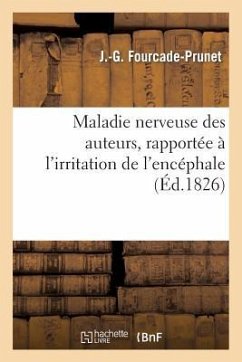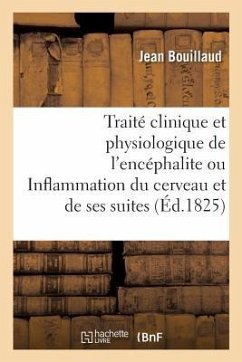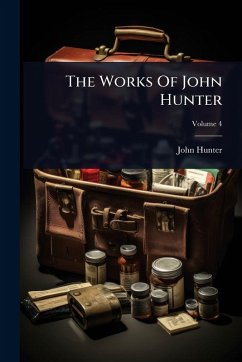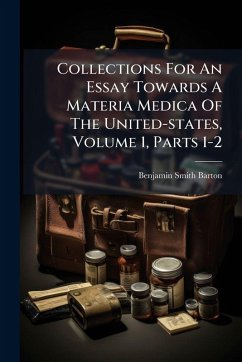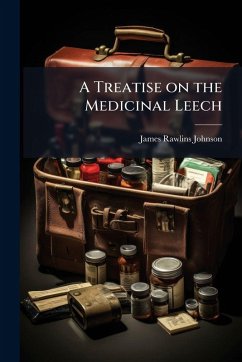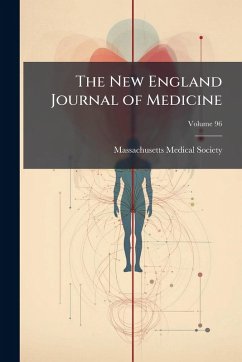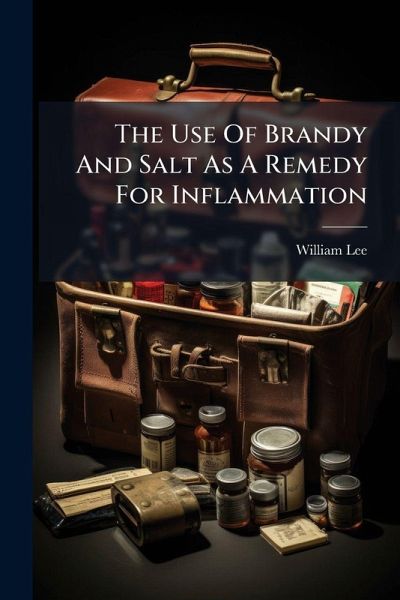
The Use Of Brandy And Salt As A Remedy For Inflammation

PAYBACK Punkte
8 °P sammeln!
"The Use Of Brandy And Salt As A Remedy For Inflammation," penned by William Lee, offers a fascinating glimpse into 19th-century medical practices. This short text details the purported benefits of using brandy and salt to treat inflammation, reflecting a time when home remedies and folk medicine played a significant role in healthcare. Lee's work provides insights into the historical approaches to managing pain and swelling, showcasing a stark contrast to modern medical interventions. Though medical science has advanced considerably, this book remains valuable for those interested in the hist...
"The Use Of Brandy And Salt As A Remedy For Inflammation," penned by William Lee, offers a fascinating glimpse into 19th-century medical practices. This short text details the purported benefits of using brandy and salt to treat inflammation, reflecting a time when home remedies and folk medicine played a significant role in healthcare. Lee's work provides insights into the historical approaches to managing pain and swelling, showcasing a stark contrast to modern medical interventions. Though medical science has advanced considerably, this book remains valuable for those interested in the history of medicine and the evolution of treatment methodologies. It serves as a reminder of the resourcefulness and ingenuity of past generations in addressing common ailments. This work has been selected by scholars as being culturally important, and is part of the knowledge base of civilization as we know it. This work was reproduced from the original artifact, and remains as true to the original work as possible. Therefore, you will see the original copyright references, library stamps (as most of these works have been housed in our most important libraries around the world), and other notations in the work. This work is in the public domain in the United States of America, and possibly other nations. Within the United States, you may freely copy and distribute this work, as no entity (individual or corporate) has a copyright on the body of the work. As a reproduction of a historical artifact, this work may contain missing or blurred pages, poor pictures, errant marks, etc. Scholars believe, and we concur, that this work is important enough to be preserved, reproduced, and made generally available to the public. We appreciate your support of the preservation process, and thank you for being an important part of keeping this knowledge alive and relevant.




